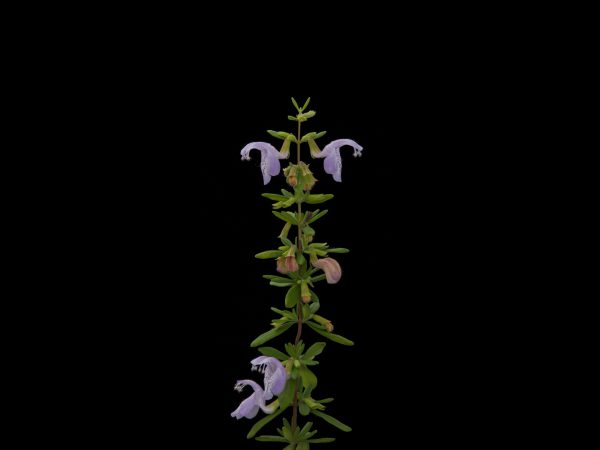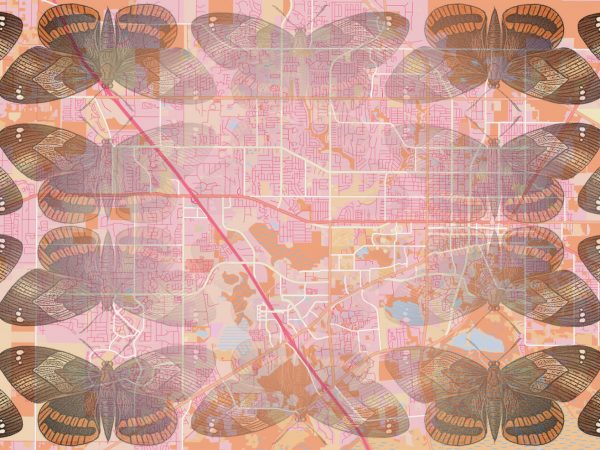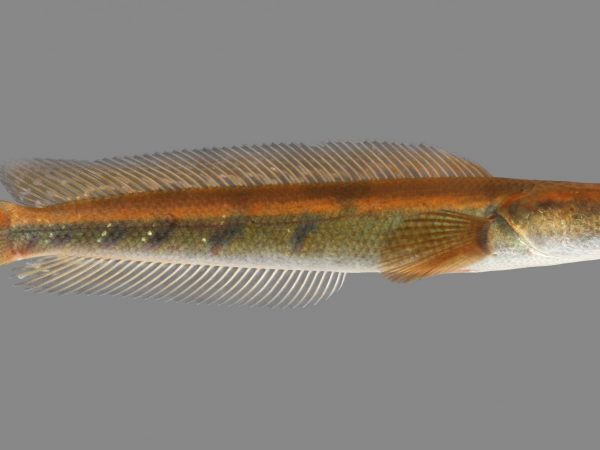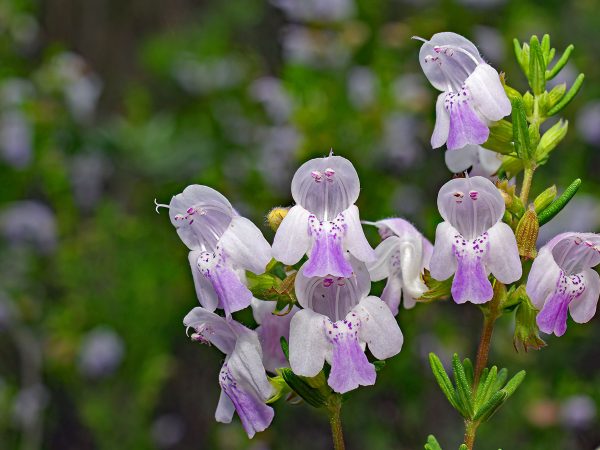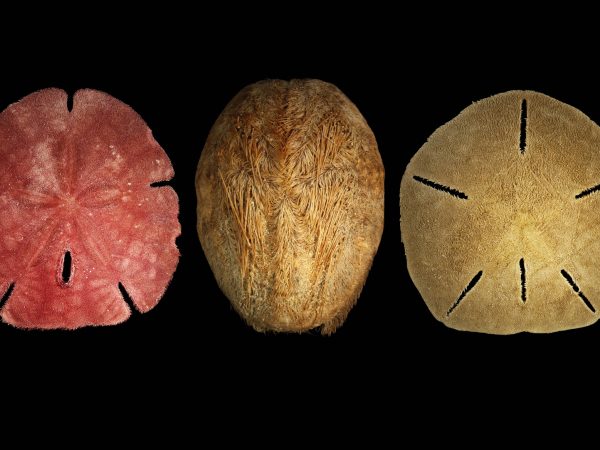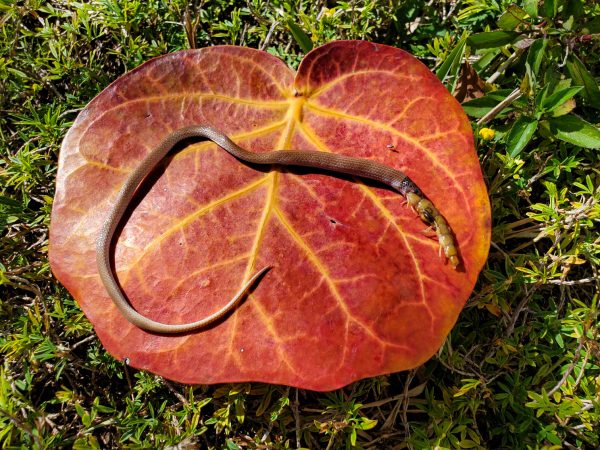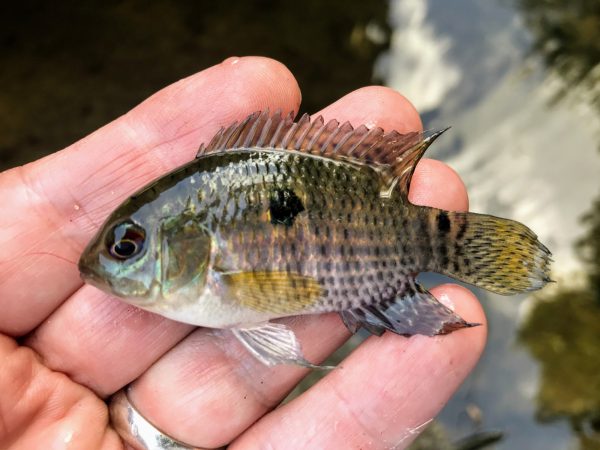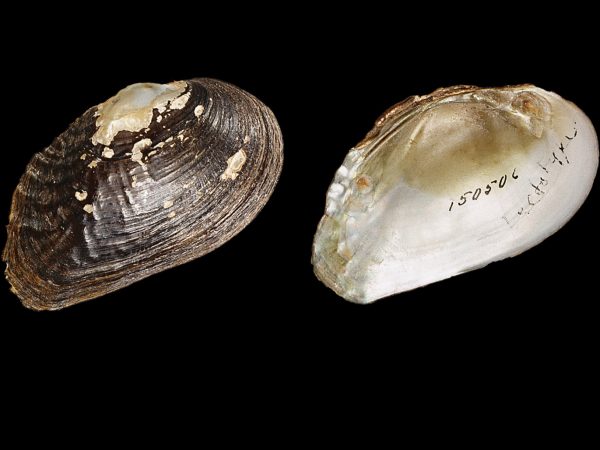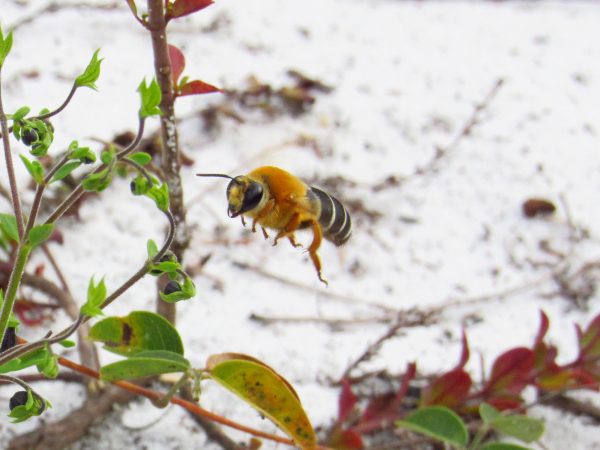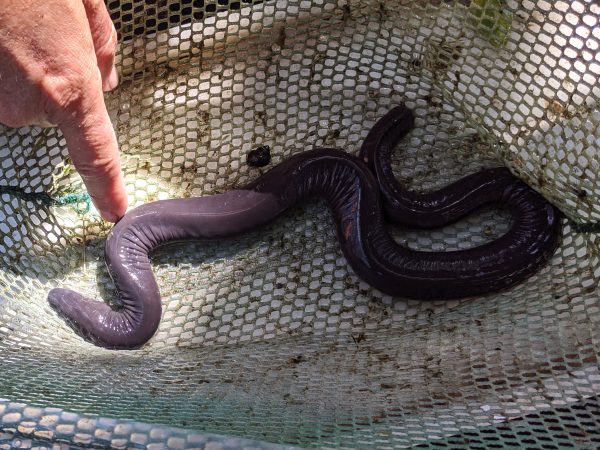These plants evolved in Florida millions of years ago. They may be gone in decades.
Scrub mints are among the most endangered plants you’ve probably never heard of. More than half of the 24 species…
Read More
Moths big and small are vanishing from southern U.S. cities
Insects of all stripes are in the midst of a vanishing act, a catastrophic sleight-of-hand occurring so rapidly that scientists…
Read More
Non-native snakehead fish spotted for the first time along Florida’s Gulf Coast
A population of non-native aggressive, air-breathing fish known as the goldline snakehead (Channa aurolineata) was documented for the first time…
Read More
Florida mints radiated as peninsula sank and resurfaced during ice ages
During the ice ages of the Pleistocene, the Florida peninsula regularly expanded to twice its current size as glaciers grew…
Read More
Sea urchins keep on trucking while other marine life languishes in the Florida Keys
In the summer of 2020, Florida Museum researchers Tobias Grun and Michał Kowalewski dove into the shallow waters off the…
Read More
North America’s rarest snake found biting off more than it could chew
North America’s rarest snake, Tantilla oolitica (rim rock crowned snake), was recently spotted in a park in the Florida Keys…
Read More
Chanchita may have the highest cold tolerance of all non-native fish in central Florida
When Florida Museum ichthyology collection manager Rob Robins brought home fish samples from central Florida in 2017, he didn’t anticipate…
Read More
Florida freshwater mussel gets protected habitat thanks to museum collections
The U.S. Fish and Wildlife Service has designated 190 miles of streams and rivers in Florida and Georgia as critical…
Read More
Have you seen these big, hairy bees? Scientists tracking two rare species in Florida, Georgia
Florida Museum of Natural History researchers are asking for help tracking two obscure species of ultra-fuzzy, fast-flying native bees that…
Read More
Weird, noodle-shaped amphibians known as caecilians found in South Florida canal
Caecilians have arrived in Miami. Florida Fish and Wildlife biologists captured one of the obscure legless amphibians in the Tamiami Canal,…
Read More
